Difference Between a 1 Way and 2 Way Switch
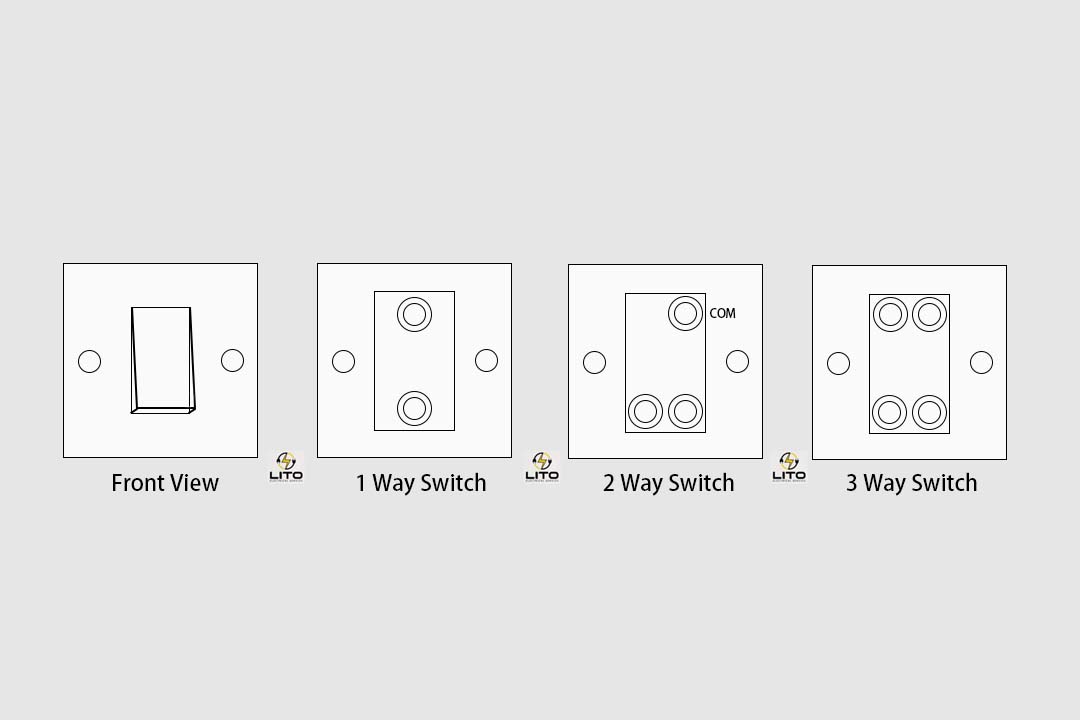
The difference between a 1 way and 2 way switch is determined by the number of terminals each switch contains and mainly how they regulate the electrical flow in a circuit.
A 1 way switch, often referred to as a Single Pole Single Throw (SPST) switch, operates with a single switch position, enabling users to turn a device on or off from a single location.
In contrast, 2 way switches, or SPDT switches (Single Pole Double Throw), allow for the control of a single light or device from two different locations.
This is commonly observed in scenarios such as two way stairs, where you can turn the light on or off from both the top and bottom of the stairs. Two way switches require a special wiring configuration that includes a second switch, additional wire, and a specific type of cable called a three-core cable.
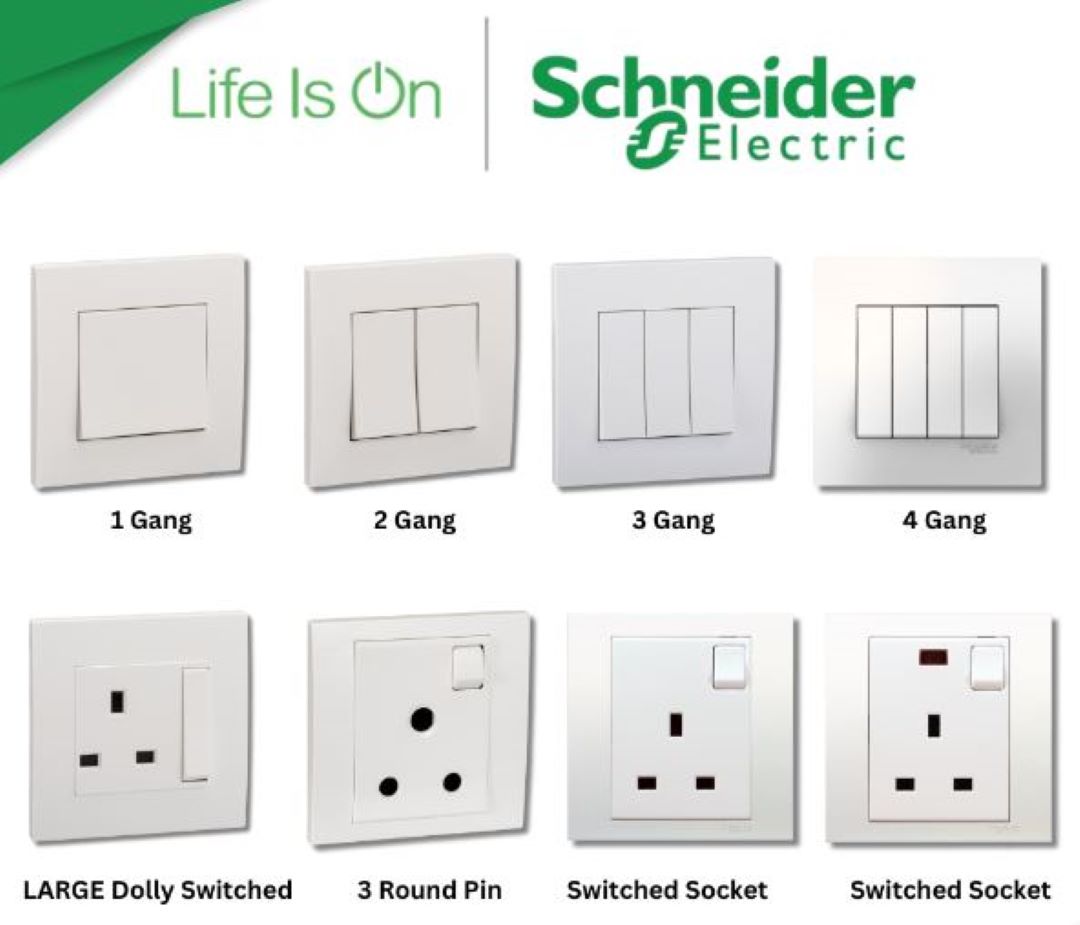
This setup is crucial for the proper working of two way switches, enabling users to observe the convenience of controlling a singular circuit from separate points, a feature not possible with 1 way switches.
Brands such as Schneider Electric offer a variety of these switches, incorporating them into household wiring for enhanced functionality and user convenience.
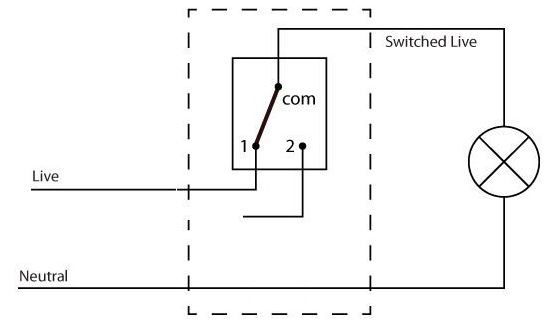
Can you use a 2 way switch for 1 way?
Yes, you can use a 2-way switch for 1-way operation. A 1-way switch is a basic switch configuration used to control lighting from a single position, featuring two terminals. In contrast, a 2-way switch, or a Single Pole Double Throw (SPDT)switch, contains three terminals. This allows it to control a light from two different locations, ideal for areas such as stairs where switches at both the top and bottom are convenient.
In 1-way switch wiring, the switch interrupts the line wire (live wire) that supplies power to the light. It either connects or disconnects the power to the light, where the circuit is either closed or open, respectively.
The neutral wire remains uninterrupted and does not connect through the switch. In essence, in a 1-way configuration, one terminal of the switch is connected to the line wire while the other terminal is connected to the wire leading to the light; the neutral wires are connected together separately and do not interact with the switch.
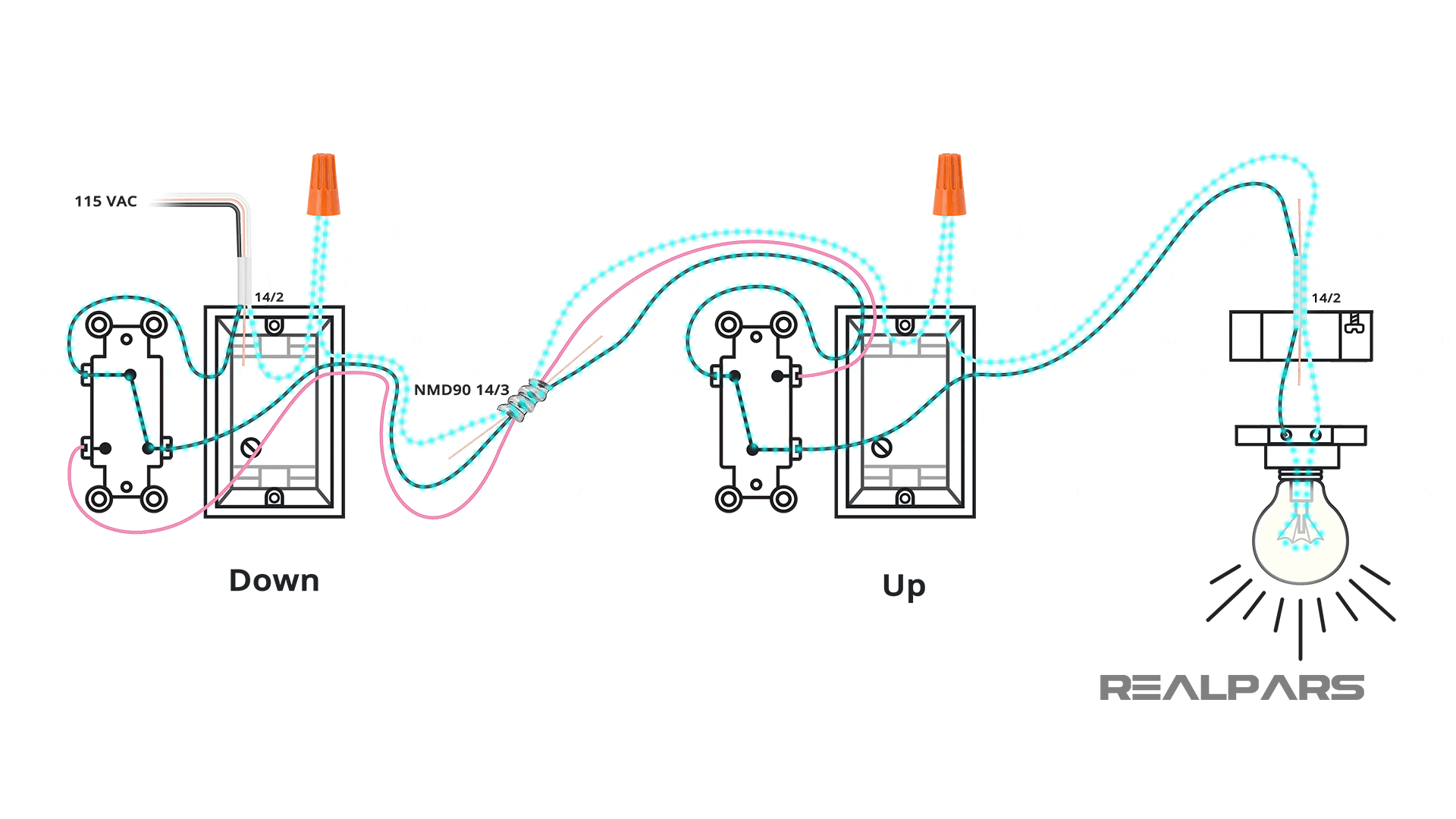
For a 2-way switch (two way switch) operation, two switches control one light, wired to allow the light to be switched on or off from either location. This involves the line wire connected to the common terminal of the first switch, while the second switch's common terminal connects to the light.
The other terminals (often referred to as L1 and L2) of both switches connect to each other through a pair of wires known as the "strappers" or "travelers". There are no neutral wires connected through the switches; they are connected together in the lighting circuits separately.
Using a 2-way switch as a 1-way switch involves simply using the common terminal and one of the L1 or L2 terminals to act like a 1-way switch, ignoring the unused terminal.
This flexibility underlines the adaptability of 2-way switches in different wiring scenarios, including Schneider Electric, which supports this functionality.
That said, it's crucial to ensure safe and correct connection, adhering to wiring regulations and potentially consulting a professional for complex lighting circuits or if in doubt.
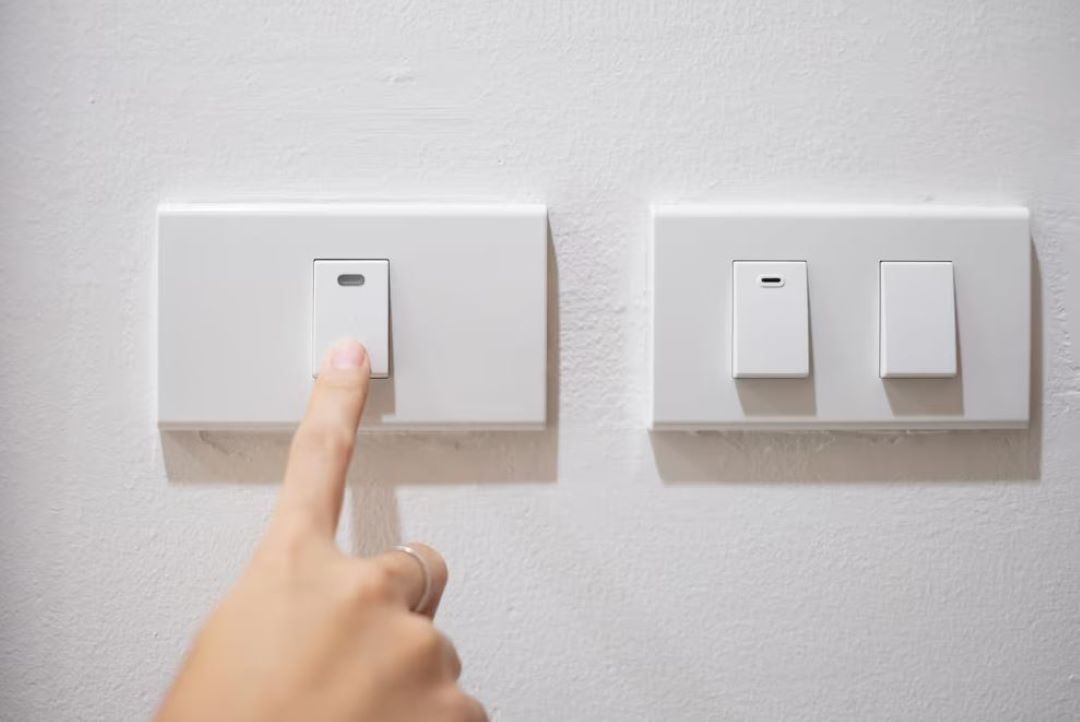
What is the main difference between a 1-way and 2-way switch?
Between a 1-way and 2-way switch, the main difference is that a 1-way switch has a single output and is used to connect or disconnect the circuit from a single point, while a 2-way switch allows control of the same circuit from two different locations.
A 1-way switch typically has two terminals where one wire connects to the live wire, and the other connects to the load.
Meanwhile, a 2-way switch, commonly referred to as an SPDTswitch (Single Pole Double Throw), features three terminals, allowing two-way switches to function.
These terminals are typically the common terminal and two L1 and L2 terminals. To complete the circuit, two way switches require the first switch to be connected to the live wire and a second switch via a traveler cable.
This configuration ensures that the power supply can be alternated between two points, offering greater flexibility in controlling the lighting circuit. Wiring diagrams for these setups play a crucial role in understanding the connection patterns and ensuring proper installation.

What is the difference between a 1-way vs 2-way vs 3-way switch?
Between a 1-way vs 2-way vs 3-way switch, the difference is that the wiring and functionality determine how and where the light or device can be controlled.
A 1-way switch, also known as a Single Pole Single Throw (SPST) switch, operates with a single switch position and allows users to turn a light bulb or device on or off from a single location. It is the simplest type of circuit connection and is commonly used for basic lighting setups.
On the other hand, a 2-way switch, referred to as a Single Pole Double Throw (SPDT) switch, enables control of the light bulb or device from two switches located in different spots within a circuit.
For readers, it's important to note that in most countries, this is called a "2 way switch," while in North America, it is identified as a "3 way switch."
Depending on the country you reside in, both 2 way switches and 3 way switches are commonly used in stairways or hallways where controlling a light from two locations provides greater convenience.
These connections are critical for ensuring the flexibility of light control in larger spaces. Two switches, the first switch and the second switch, need to be appropriately wired to maintain a functioning system.
Understanding the distinctions between these terms and their corresponding wiring configurations is essential for efficiently setting up lighting circuits and ensuring proper functionality based on the regional terminology.
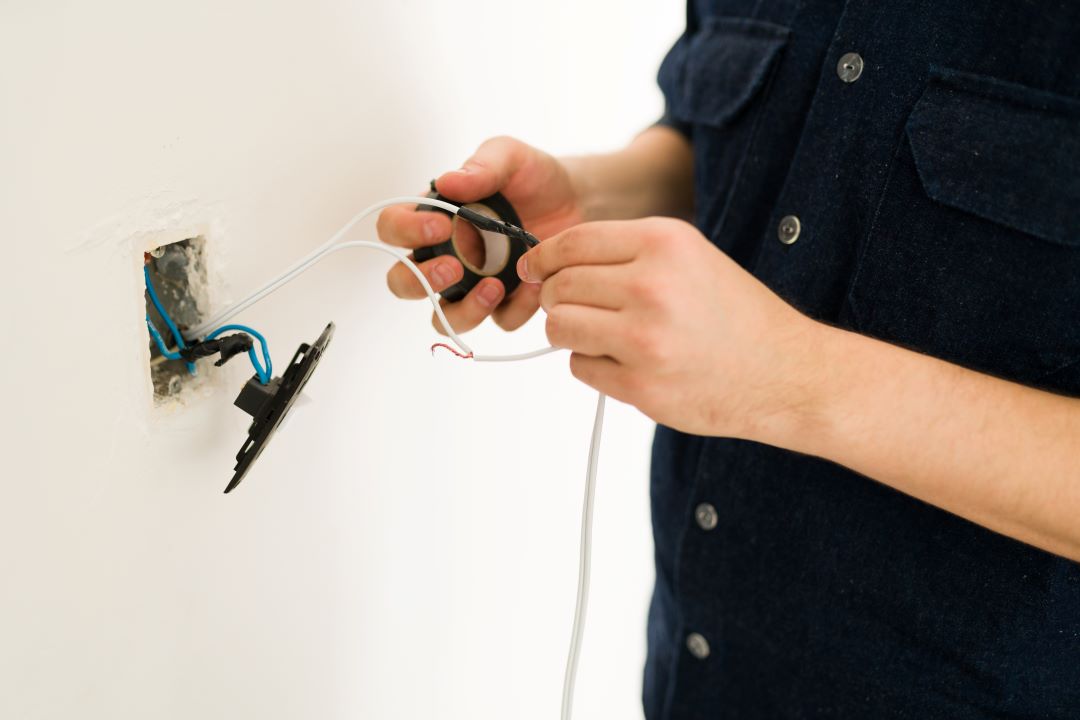
How to convert my 1-way switch to a 2-way switch?
You can convert your 1-way switch to a 2-way switch by replacing the original switch with a 2-way switch or SPDT switch, and installing a second 2-way switch at a different location on the wall.
This process requires adding a cable to connect the two switches, ensuring a proper circuit is created for controlling the light from two points.
Begin by identifying the live wire and the neutral wire in your existing connection. The original 1-way switch typically has only two terminals—one for the live wire and another for the wire connected to the light fixture.
However, two-way switches, or SPDT switches, come with three terminals, labeled as Common (COM), L1, and L2.
For this wiring conversion, connect the live wire to the Common terminal of the first switch and run a new cable with two cores between the first and the second switch.
These cores, often referred to as traveler wires, should be connected to the L1 and L2 terminals of each switch.
The other switch’s Common terminal will then connect to the live cable leading to the light fixture. This configuration allows the working system to toggle the light on and off from two independent locations.
For a clear understanding, referring to a 2-way wiring diagram can simplify the multiway switching installation process. Similarly, if you wish to convert a 2-way switch to a 1-way circuit, you can eliminate the second switch and directly connect the live and neutral wires to complete the circuit with a single switch.
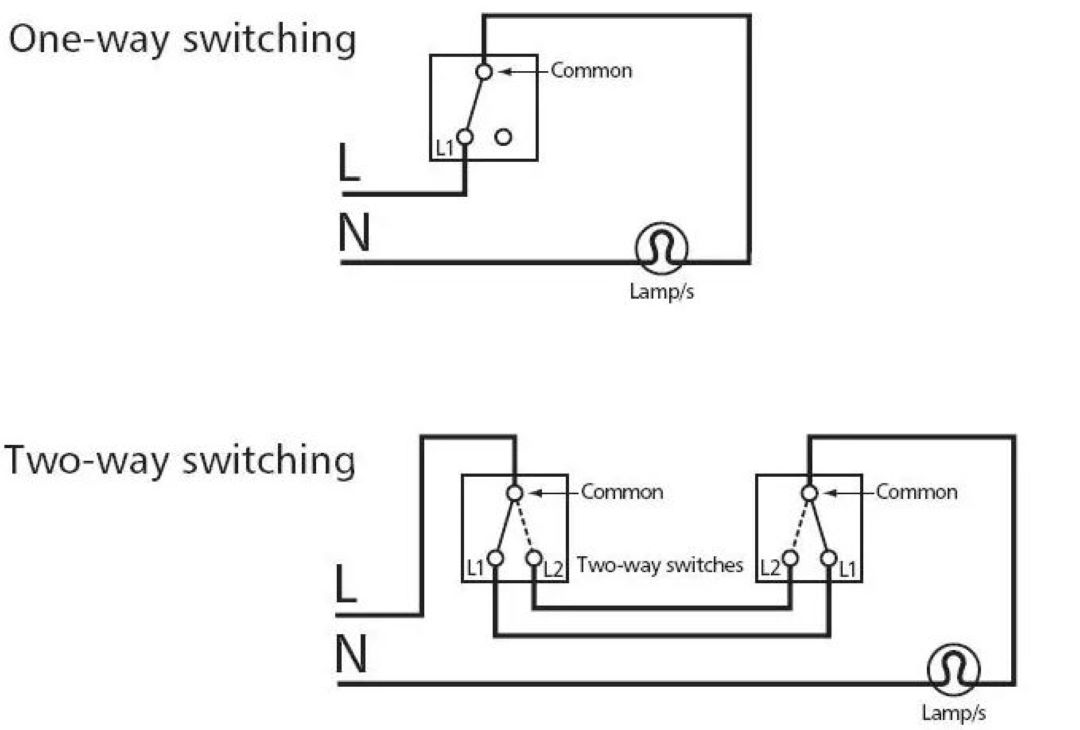
How does one way switch and two way light switch wiring works?
A one way switch is simpler, functioning with just one terminal to control the power to a light from a single location. This means that the switch is essentially an on-off mechanism, connected directly to the light with one wire.
On the other hand, two way light switch wiring works with three terminals, enabling control of a single light from two different locations. This setup is ideal for areas like stairs or long hallways where access to the light from both ends is necessary.
In a 2 way light switch, the first switch in a two-way setup has a common terminal that connects to the live wire. The second switch's common terminal receives the circuit, completing it when either switch is toggled. This arrangement uses a special two-way cable with three wires, connecting the two switches.
The additional wire, not found in a one-way switch setup, is what allows the light to be controlled separately by each switch. It essentially forms a loop from the first switch, to the light, and then to the other switch.
This connection ensures that regardless of the position of either switch, the circuit can be made or broken from both locations, allowing for the light to be switched on or off from either point.
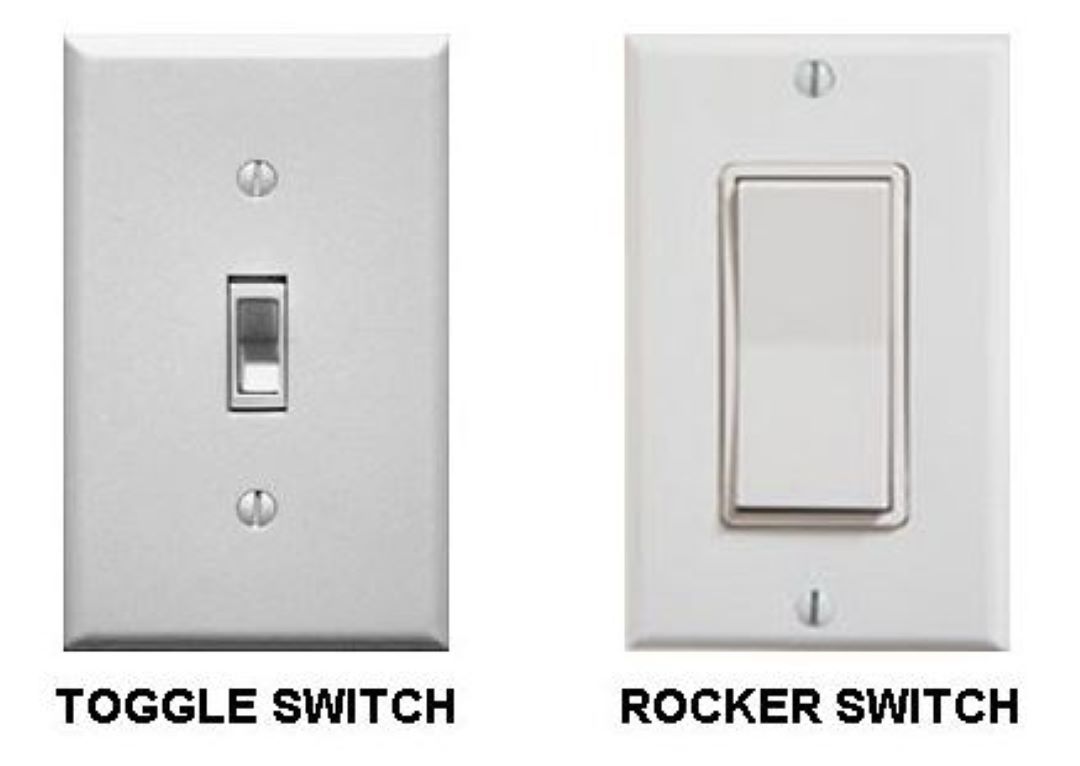
Which switch should I use for a light bulb? Rocker Light Switch or Toggle Switch?
For a light bulb, you should use a rocker switch when considering ease of use and modern aesthetics.
Rocker switches offer a sleek design that complements any room, from the kitchen to the hall, making them a popular choice to install for contemporary homes.
Unlike toggle switches, which operate on a pivot and require flipping up and down to open or close the circuit, rocker switches allow for easy operation with just a gentle push, making them particularly user-friendly.
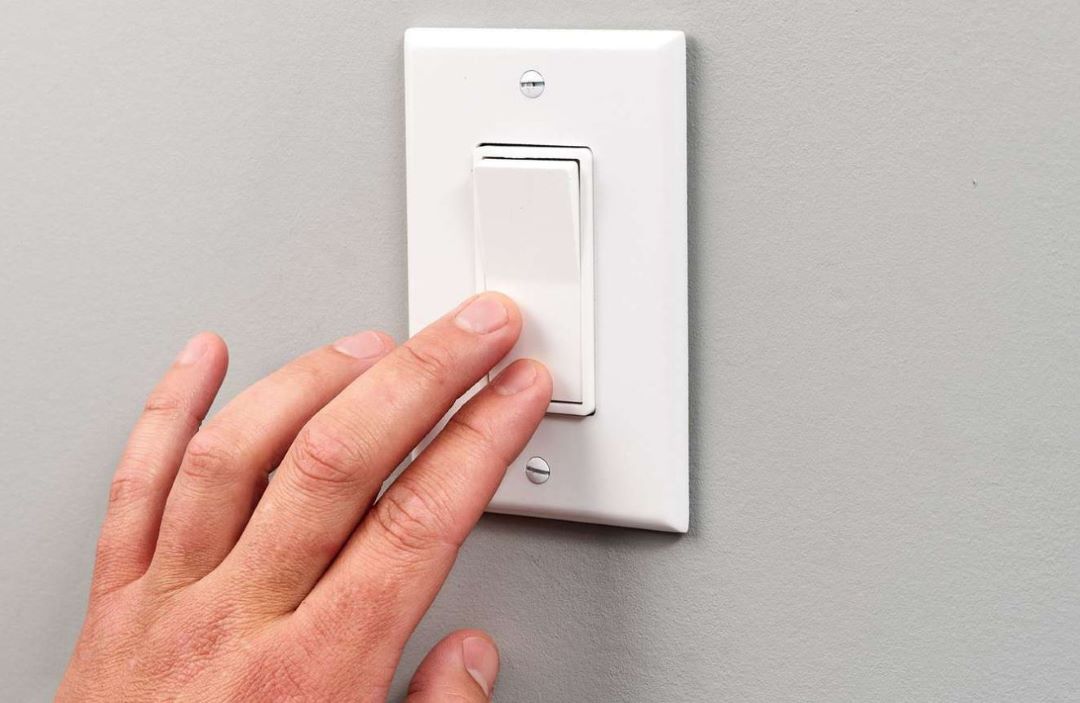
They are especially advantageous in areas like the stairs or hallway where hands might be working and full, and a simple touch with an elbow or side of an arm can operate the lights.
When it comes to installation, both rocker and toggle switches follow a similar configuration, connecting to the power source via a wire that extends to the bulb or LED lights.
The essential difference lies in the terminal system; rocker switches often provide a broader base which can be safer and easier to work with when dealing with live cables.
In terms of longevity, there's not much difference between the two types of switches—both are built to last and can handle tens of thousands of cycles before breaking.
However, if a switch does break, installing a rocker switch can be slightly more intuitive due to its contemporary design and the wide availability of replacements.
While both switches effectively break the circuit to control the flow of electricity, essentially stopping or allowing power to the lights, the choice between a rocker and a toggle switch boils down to personal preference in aesthetics and tactile feel.
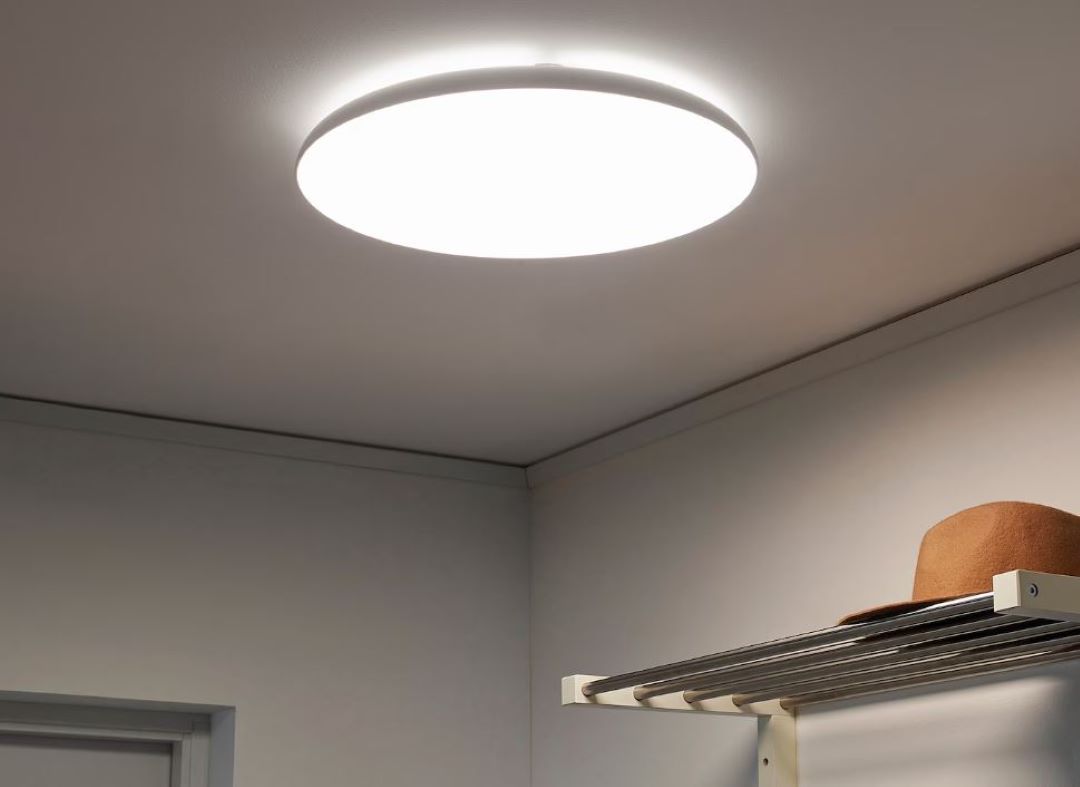
What is a one way switch used for?
A one way switch is used for simple operations such as to turn a light on or off from a single location, making it ideal for controlling a ceiling lamp or a wall light. It operates by diverting the flow of electricity to the light bulb, allowing for the circuit to complete and the light to illuminate.
When the switch is in the off position, it breaks the circuit by diverting the electrical flow to a neutral point, which stops the flow of electricity and causes the bulb to turn off. While offering fewer possibilities compared to its two-way counterpart, it is perfect for scenarios where control from multiple locations is not necessary.
Whether it’s a middle lamp that needs to be controlled from one head of the room or a ceiling light that doesn’t require the complexity of switching from various points, understanding how these switches work can illuminate the best option for your needs.
Moving into your new home/ house and don't know what type of lighting switch to get? Learn what are the types of lighting switches in Singapore!
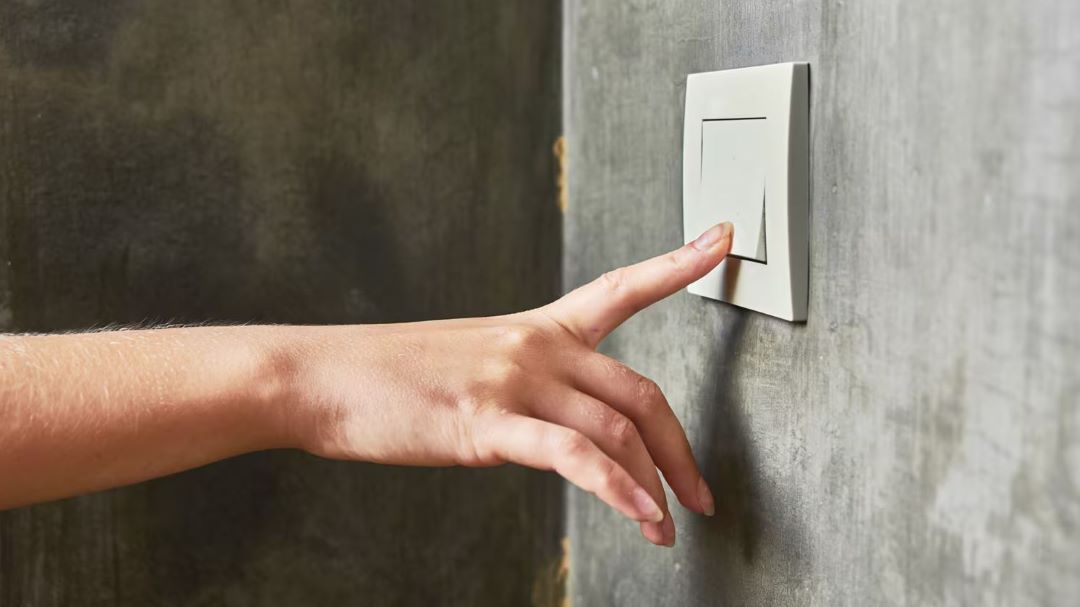
What is a two-way switch used for?
A two-way switch is used to divert the flow of electricity, allowing it to turn on or off from different locations. This explains how you can operate the same light, say a ceiling light or a middle lamp, from two different switches - for instance, one switch at either end of a hallway.
Knowing how a 2 way switch wiring works helps you get why we use a two-way switch. Aside from the neutral wire, it's crucial to understand that two-way switches have two terminals for connection.
This functionality introduces a bit more complexity in terms of wiring but opens up possibilities for convenience and control.